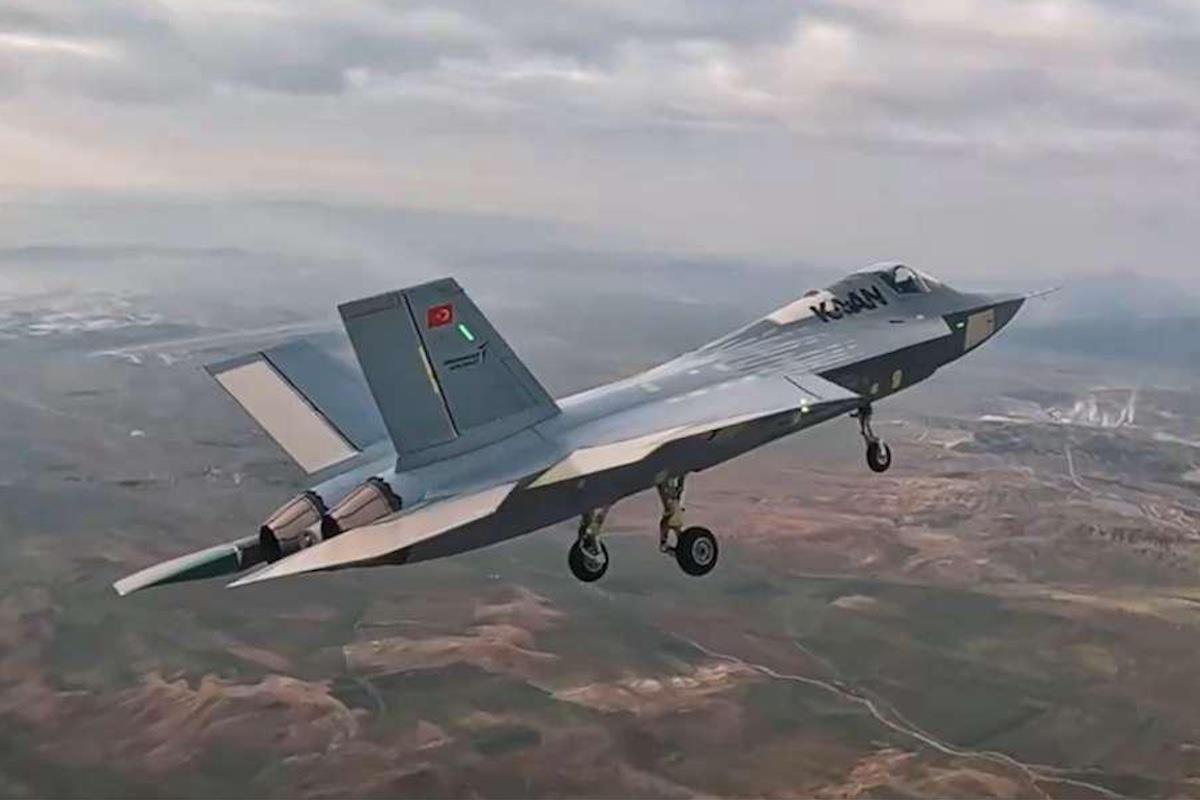
Indonesia Looks To Turkey To Up Its Laggard Air Power
Breaking Defense reported this month that Indonesian President Prabowo Subianto is interested in joining Turkey's Kaan fighter jet development program. The expression of interest came during a high-level meeting in Ankara with Turkish President Recep Tayyip Erdogan.
The Kaan program, spearheaded by Turkish Aerospace Industries (TAI), focuses on creating a fifth-generation combat aircraft to address Turkey's punitive removal from the US F-35 fighter program after it acquired Russia's S-400 missile defense systems, which Washington considers sensitive.
At their joint press conference, Subianto emphasized Indonesia's desire to partner with Turkey's defense industry on the Kaan project as well as submarine development. The Kaan aircraft made its first flight in February 2024, successfully attaining an altitude of 8,000 feet and reaching speeds of 230 knots.
The program aims to deliver its first production model to the Turkish Air Force by 2028-2029, with future models having sixth-generation capabilities, such as manned-unmanned teaming with Turkish UAVs.
The potential collaboration aligns with Erdogan's broader strategy to nationalize Turkey's defense sector. Indonesia's interest underscores its drive for military modernization and reflects the growing geopolitical significance of defense cooperation between the Indo-Pacific and Middle East regions. TAI declined to comment on the development.
Indonesia has faced significant struggles in modernizing its air force. In a March 2021 commentary for the Singapore-based S Rajaratnam School of International Studies (RSIS), Olli Suorsa mentions that Indonesia's primary combat aircraft, the F-16, Hawk and Su-27/30 come in six variants from three manufacturers.
Suorsa says this force composition makes maintenance, repair and overhaul difficult and costly, with interoperability among various types practically non-existent. He also points out that Indonesia's air force modernization has struggled with funding, lack of government commitment and an inefficient, highly personalized acquisition policy.

Legal Disclaimer:
MENAFN provides the
information “as is” without warranty of any kind. We do not accept
any responsibility or liability for the accuracy, content, images,
videos, licenses, completeness, legality, or reliability of the information
contained in this article. If you have any complaints or copyright
issues related to this article, kindly contact the provider above.

























Comments
No comment